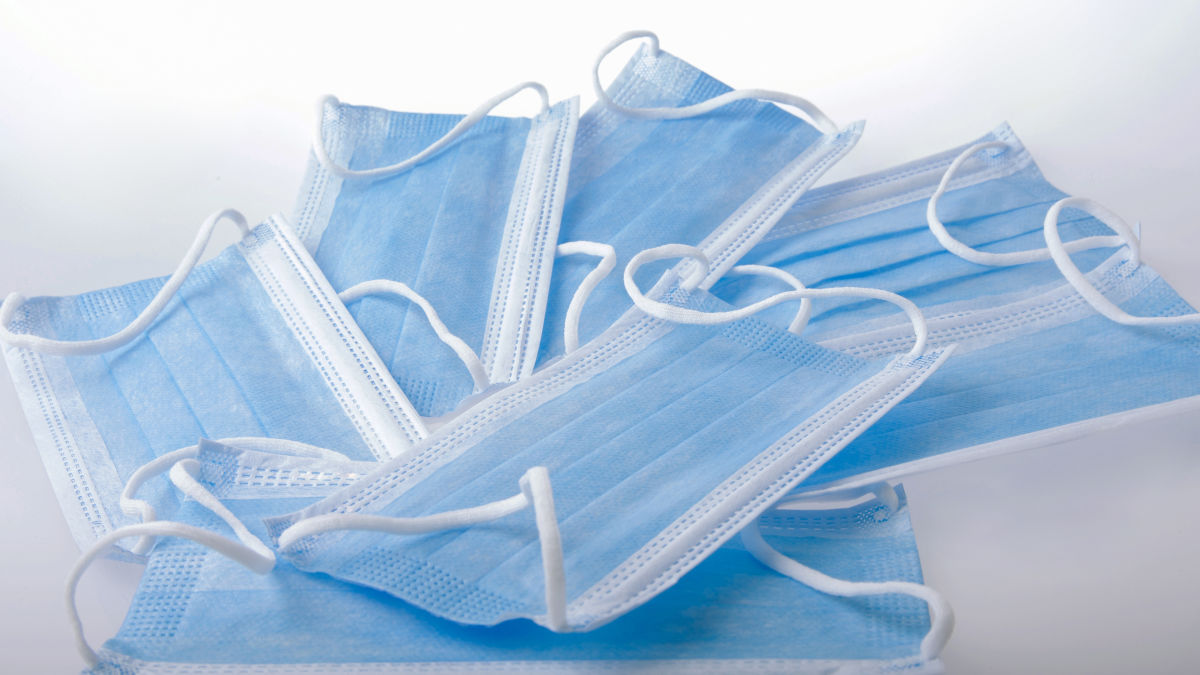
Updated March 26th 2020
Here in the United States, we are only on week 2 of the Coronavirus Shelter-in-Place Order. People are being asked to stay at home as much as possible and only leave the house if necessary. Such necessities include food, gas, medical appointments, shared custody drop-offs and pick-ups, and going outside for exercise. The goal of the Shelter-in-Place order is to “flatten the curve.” This means to stagger the number of new cases over a longer period so that people have better access to care. While this method is perfect for decreasing the spread of a pandemic, small businesses quickly become collateral damage.
Almost every business is being affected by the ‘Coronapocalypse’, but it’s small businesses that are hurting the most. It started back in January as manufacturing in China came to a halt, which stemmed the product flow for merchandisers attempting to get their goods to consumers. Most of the world’s goods are manufactured in China; when production started to slow, businesses didn’t have the materials or products they needed to sell to consumers. Then, in February, the virus arrived on our shores. It’s all been downhill since then. Businesses have either closed or are operating in a limited capacity.
The moment the Shelter-in-Place Order was enacted, businesses began to financially hemorrhage. With limited or no income and continual expenses, the coronavirus has caused many businesses to permanently close their doors. So, what can businesses do to stop the bleeding? How can they hold on for the next few weeks? Let’s dive in and discuss.
Breaking Down Expenses
Payroll
First, we need to review the major expenses for small businesses. The first major expense for many businesses is payroll. During the last few weeks, many companies have had to lay off a considerable number of their staff. Economists project that the unemployment rate in the United States will jump up at least 10% from February’s 3.5%. Although this was unavoidable for some businesses, letting go of your staff should be the absolute last resort. With the recent stimulus package that has passed through the senate, small businesses are able to apply for a small business grant. This money business wouldn’t have to pay back unless they layoff their employees then it becomes a loan.
When the Shelter-in-Place Order lifts, you will still end up working with a diminished capacity; now you have limited staff or need to train new hires. Additionally, as unemployment levels rise people will spend less, thus decreasing the demand for the goods and services of many of these businesses.
The advice for businesses considered essential services? Keep your staff part-time. Give staff the opportunity to maintain some form of income so they can continue to support themselves and/or their families. Use this as an opportunity to cross-train staff! That way, everyone is able to take on hours and you have the future flexibility of being to reorganize staff, since everyone is trained in all necessary aspects of the business.
If you’re unable to operate during this Shelter-in-Place Order, see whether you can pivot your business model to incorporate a delivery/pick-up method. All restaurants should register themselves on DoorDash, Grub Hub, Uber Eats, etc. and start doing take-out, if they haven’t already. If you’re a small clothing store, sign up for Shopify and start selling your items online. Using Shopify, you can also sell your goods on Facebook and Instagram, reaching a much larger audience. Use this time while stuck at home to reflect on your business plan and model; figure out a way to pivot. Brainstorm with your staff! After all, running a business is a team effort; their experiences can provide the ideas needed to survive.
If you’re in a business that has absolutely no way to operate during this Shelter-in-Place Order, then consider furlough or temporary leave of absence for your staff. Let them know that they have job security and that, when things resume, they’ll be right back at work. In times of chaos and panic, people are looking for some form of stability. The last thing people want to envision is being stuck at home for a month because of the Coronavirus, then being stuck at home for another 3 months because they have no job to go back to. Let your staff know that they should file for unemployment if they’re unable to make ends meet. They can receive up to $600 per week for the next 4 months, as per the stimulus package. Additionally, every American that makes less than $99,000 per year will receive a $1200 check ($2,400 for married couples filing jointly) and then an additional $500 for each child. Check in on your staff regularly, inform them about the stimulus benefits. If they’re struggling even with the stimulus check and the unemployment check, consider giving them a small advance from their next paycheck. Compassion goes a long way. If you want your employees to care about your business, you should make them feel that their presence in your organization is essential.
Taxes
The other big payroll expense is taxes. There’s good news there, though! Right now the Senate is drafting a Coronavirus relief bill which would give businesses with under 50 employees new tax credits and federal payroll tax relief. Employers must pay the 1.45% Medicare tax component of the federal payroll tax, but they can claim a credit for that outlay. So, keep your ear to the business news channels (Bloomberg Television, CNBC, Fox Business Network, Sky News Business Channel, etc.), as they’ll give you more of an economic focus and less sensationalized coverage of the Coronavirus pandemic.
Loans
The next largest expense for most businesses are loans/credit cards. Whether it’s business loans, student loans, or credit cards, creditors are the biggest nuisance when you’re financially strapped. You want to make a list of every single loan agency and creditor; look through your monthly statements and highlight the recurrent payments. Once you’ve created your list, call each of them and request a forbearance. Thankfully, many creditors are granting a forbearance if you state that your hardship is related to the Coronavirus. Some credit cards are allowing their customers 60 days, interest- and penalty-free, to pay outstanding balances. Just give them a call or message them through their secure online portal and ask what they’re able to do for you during this time of crisis.
Rent
The next major monthly expense for many businesses is rent/mortgage. This is the tough one. If you’re a business and you own the property, then you’re in luck – neither the banks nor the government will be pursuing action for people unable to pay their mortgage or property taxes during this pandemic. Rent, however, is a different ballgame. Rent is up to the discretion of either the corporation or individual that owns your space. Contact your landlord immediately. The more notice you can give your landlord about your financial struggles, the better the outcome will be. Contact them as soon as you think there might be a problem making rent and ask what options they can offer you. Can you pause payments for a month or two? Are they willing to accept a lower rate for the time being? Hopefully, they’re rational and willing to negotiate with you. After all, it’s to their benefit that they keep you as a tenant since it’ll be almost impossible to find a new tenant during this pandemic. Additionally, with a recession looming over us, there’s no guarantee that they’ll even be able to fill the vacant space once this is over.
Marketing
Another big expense for many small businesses is marketing/advertising. You want to cut your marketing, but not eliminate it altogether. Use your free time to learn how much you can do yourself; find and engage your audience. If you’re now offering delivery services, you want to let your customers know. If you’ve set up an online store, you want to direct them to it. Keep your customers informed and engaged. When the Shelter-in-Place Order is over, you want an easy way to let them know that you’re back in business. Build your social media presence and use newsletter services, like MailChimp and Constant Contact, so that your customers can sign up for updates. If you completely eliminate your marketing, you’ll still be stuck with decreased revenue when things resume because your customers won’t be aware when you open again. Alternatively, without being reminded of your presence, they may simply forget about you!
Stay Optimistic
It’s going to be a rough few months, but use this free time to be productive. Dissect your expenses, take advantage of every coronavirus relief aide, and build relationships with your staff and customers. Use this time to improve your business by coming up with new strategies or finding ways to reduce overhead. Remain optimistic. To quote Winston Churchill, “If you’re going through hell, keep going.” You’ll get through this. We all will.
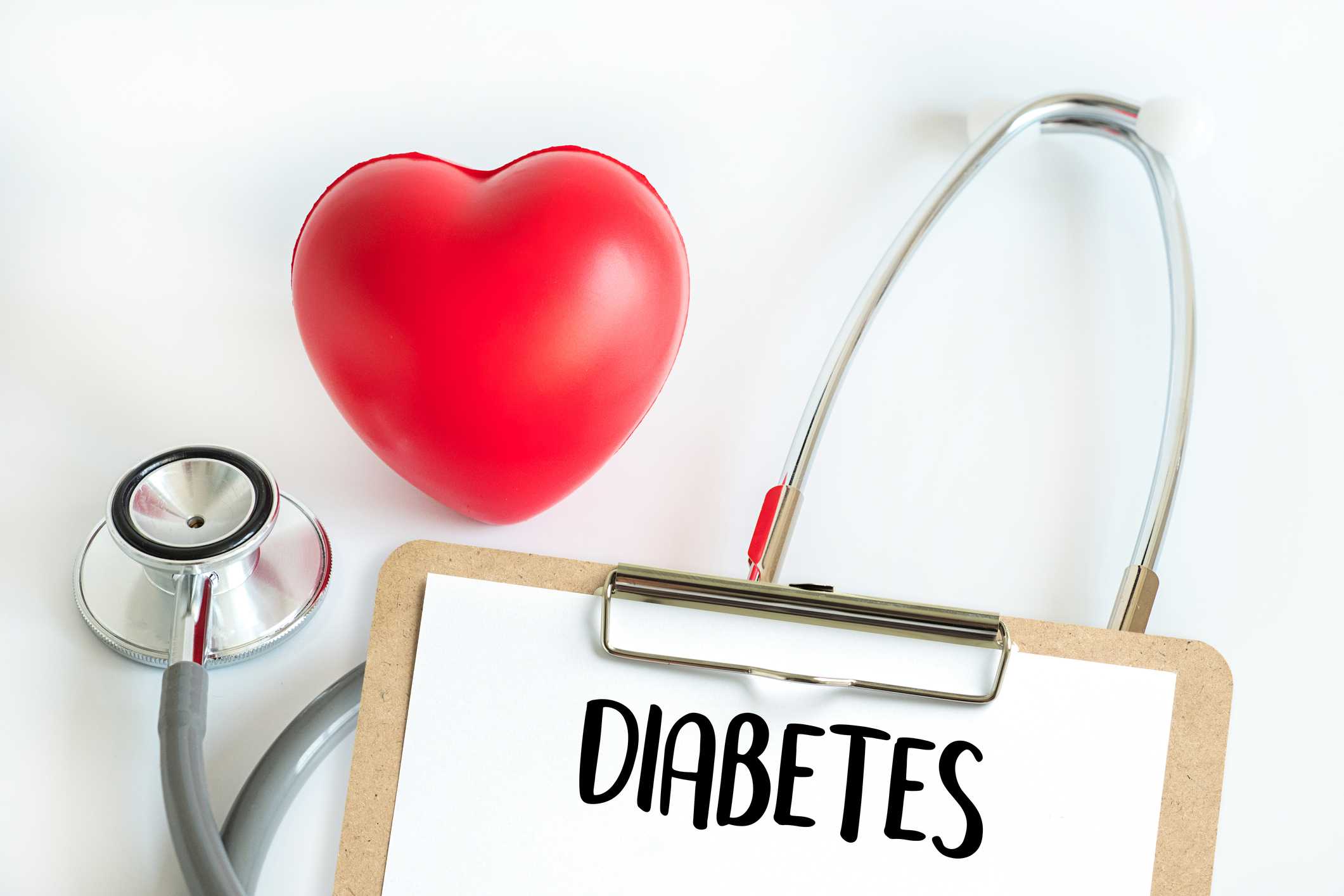

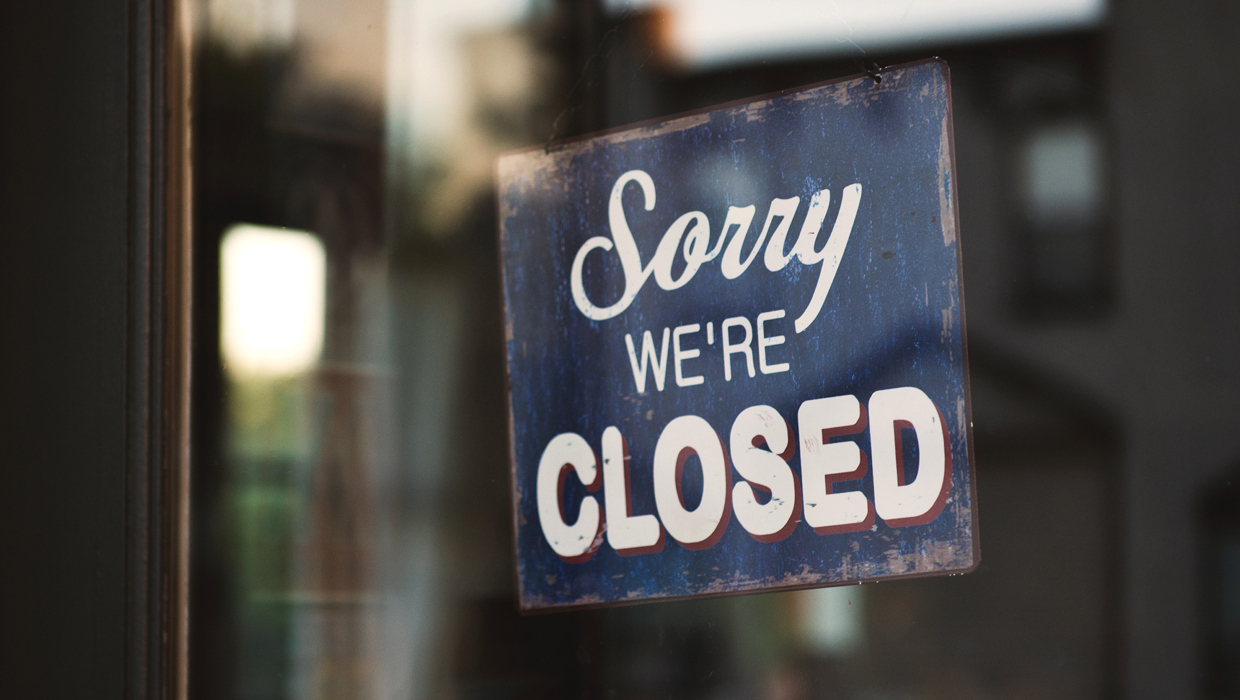
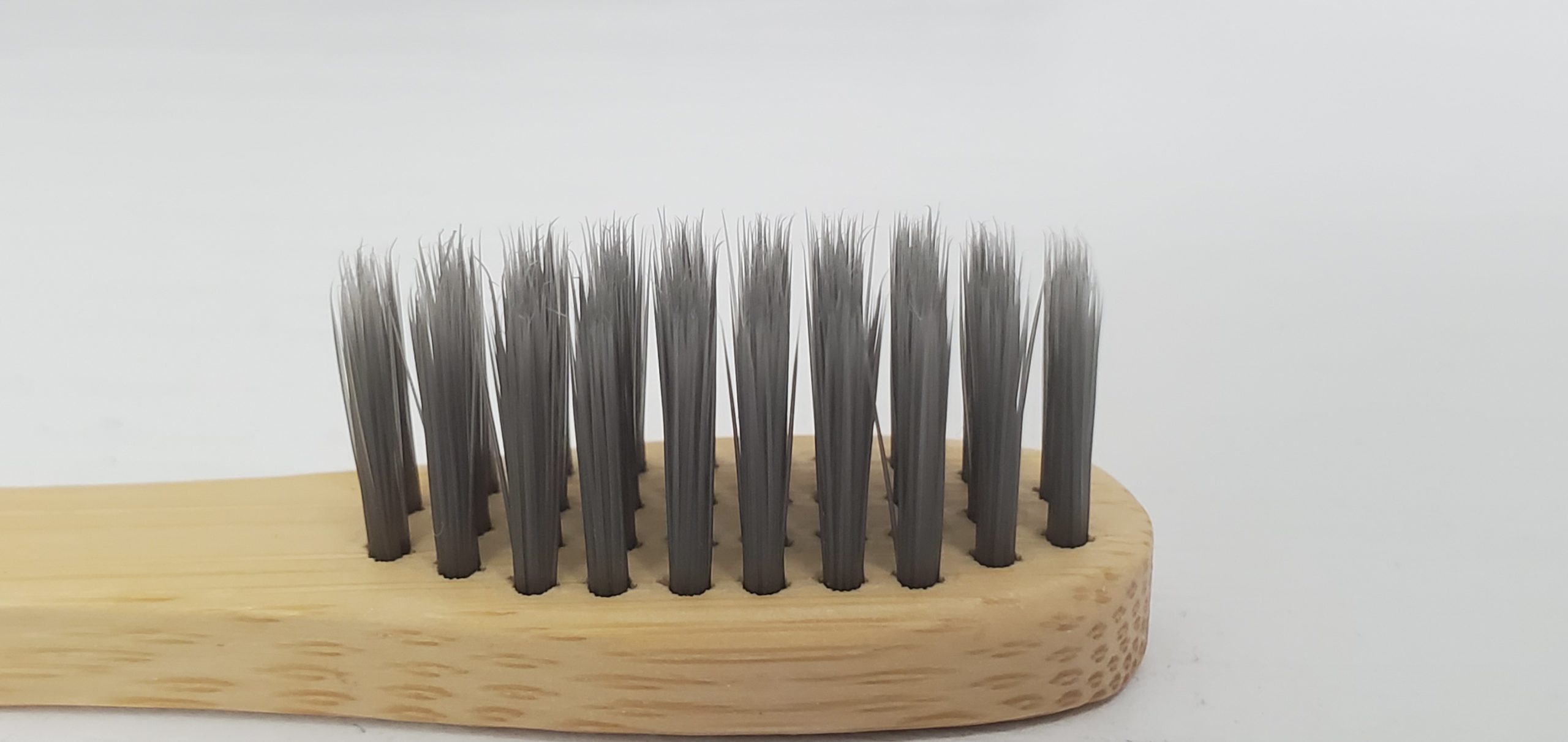

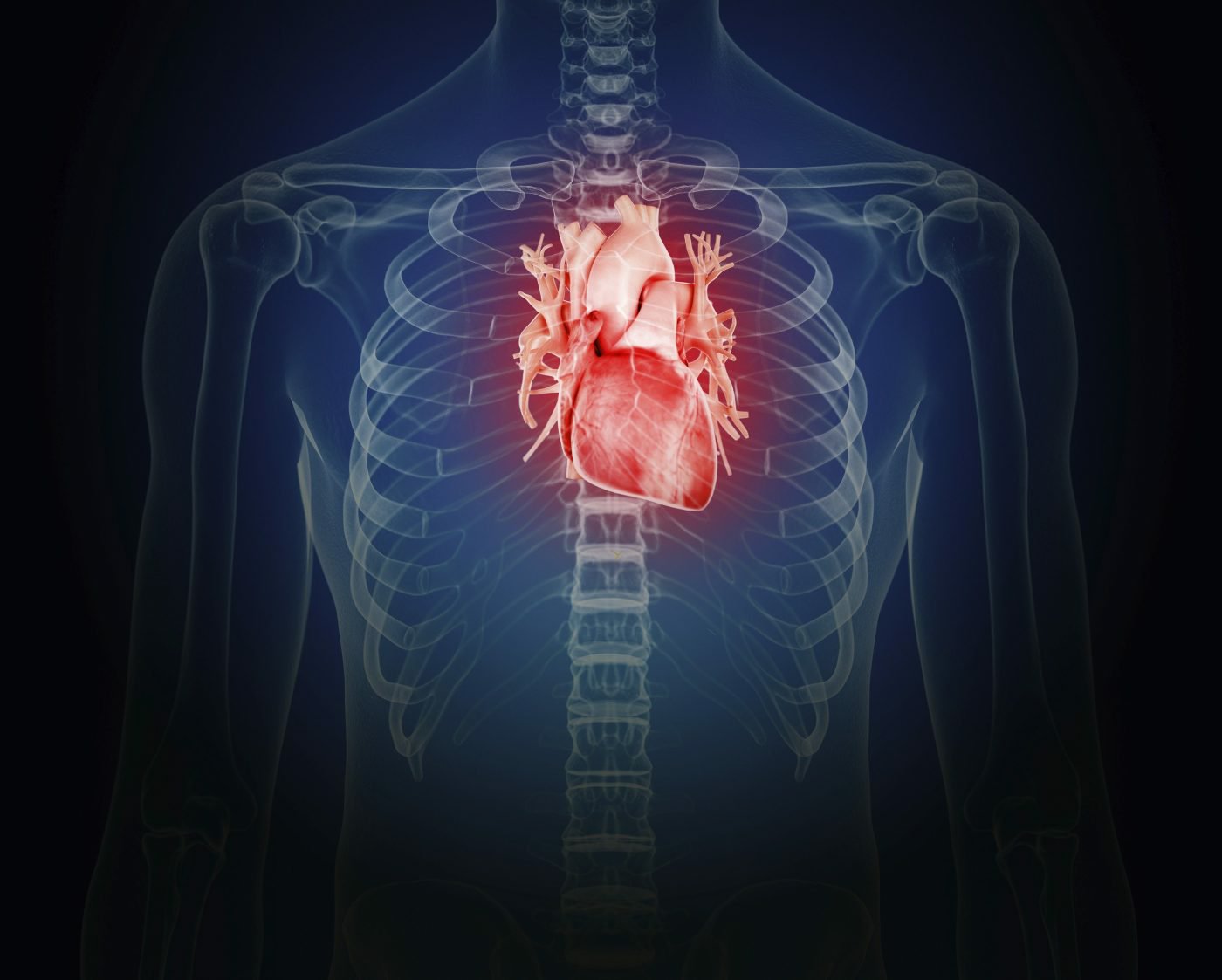
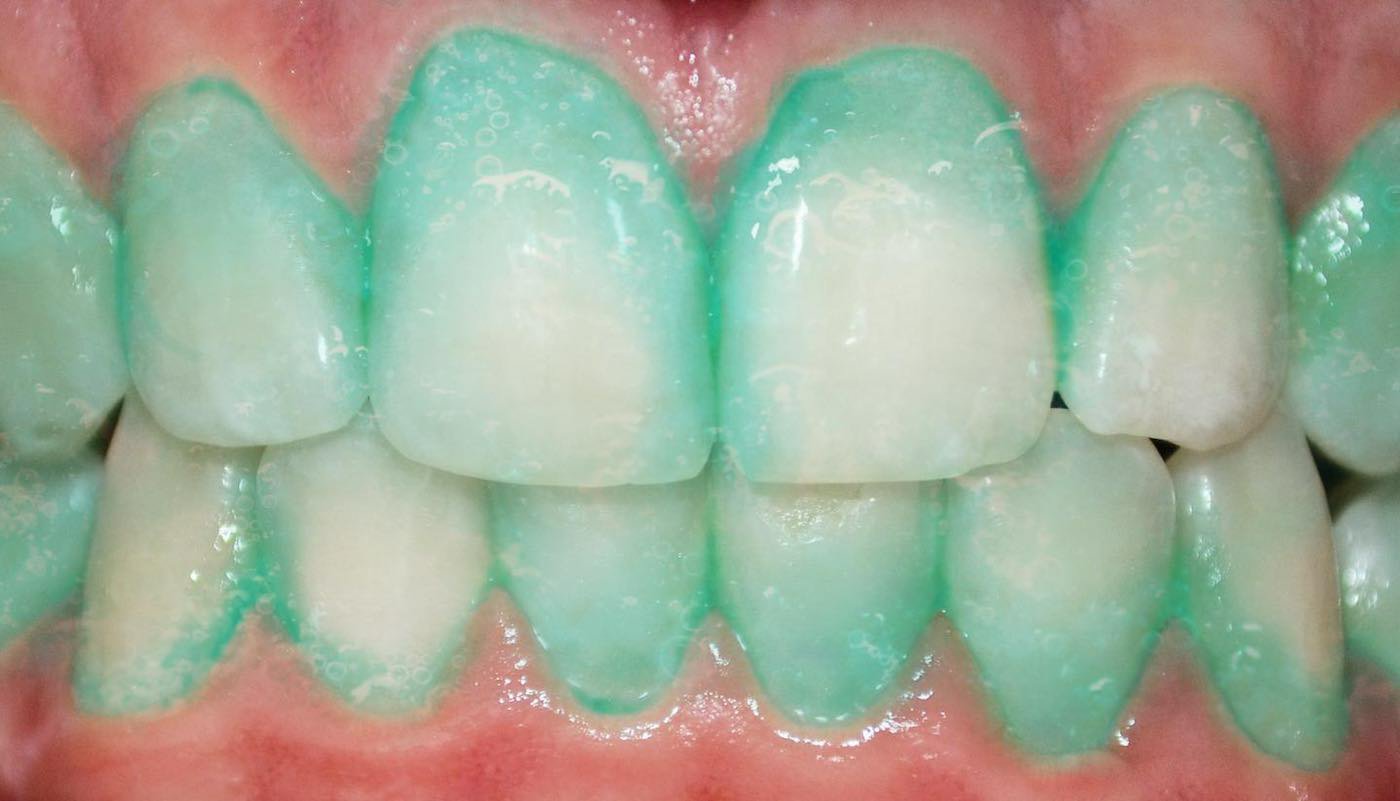
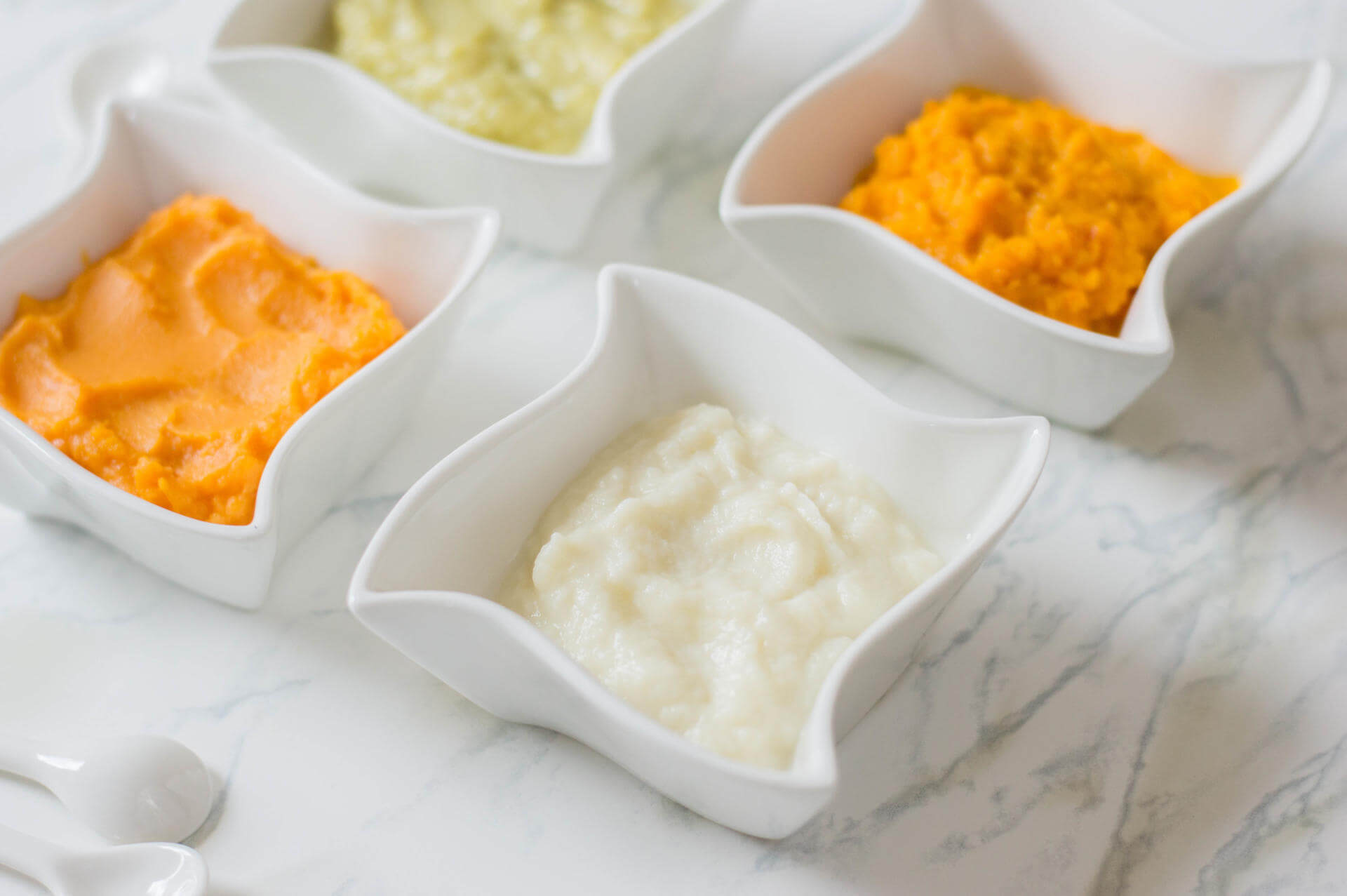
 A, B, Hairs by facial surfaces of teeth #4 and #5. C, Removed hairs. D, Hairs in the zone of the palatal surface of teeth #12 and #13. E, Palatal surface of #14. F, Hairs in the zone of the facial surface of teeth #26.
A, B, Hairs by facial surfaces of teeth #4 and #5. C, Removed hairs. D, Hairs in the zone of the palatal surface of teeth #12 and #13. E, Palatal surface of #14. F, Hairs in the zone of the facial surface of teeth #26.
